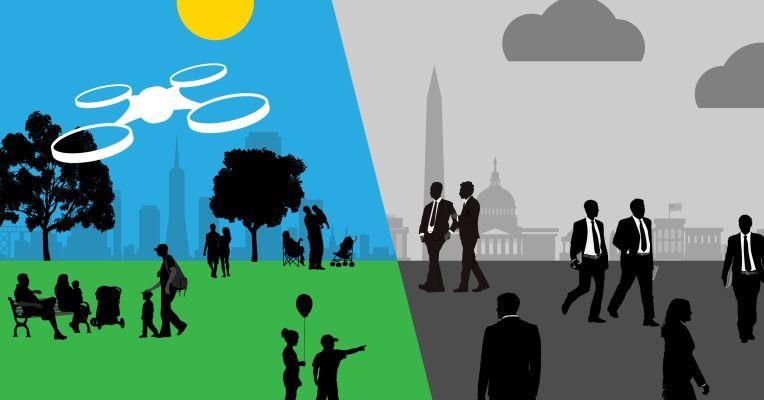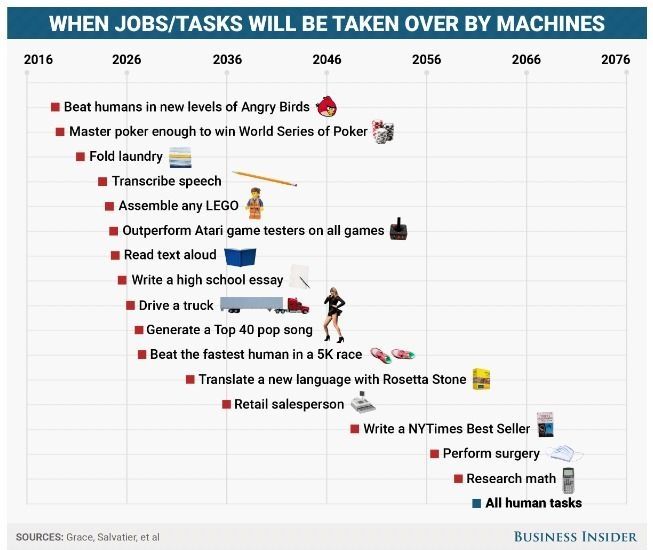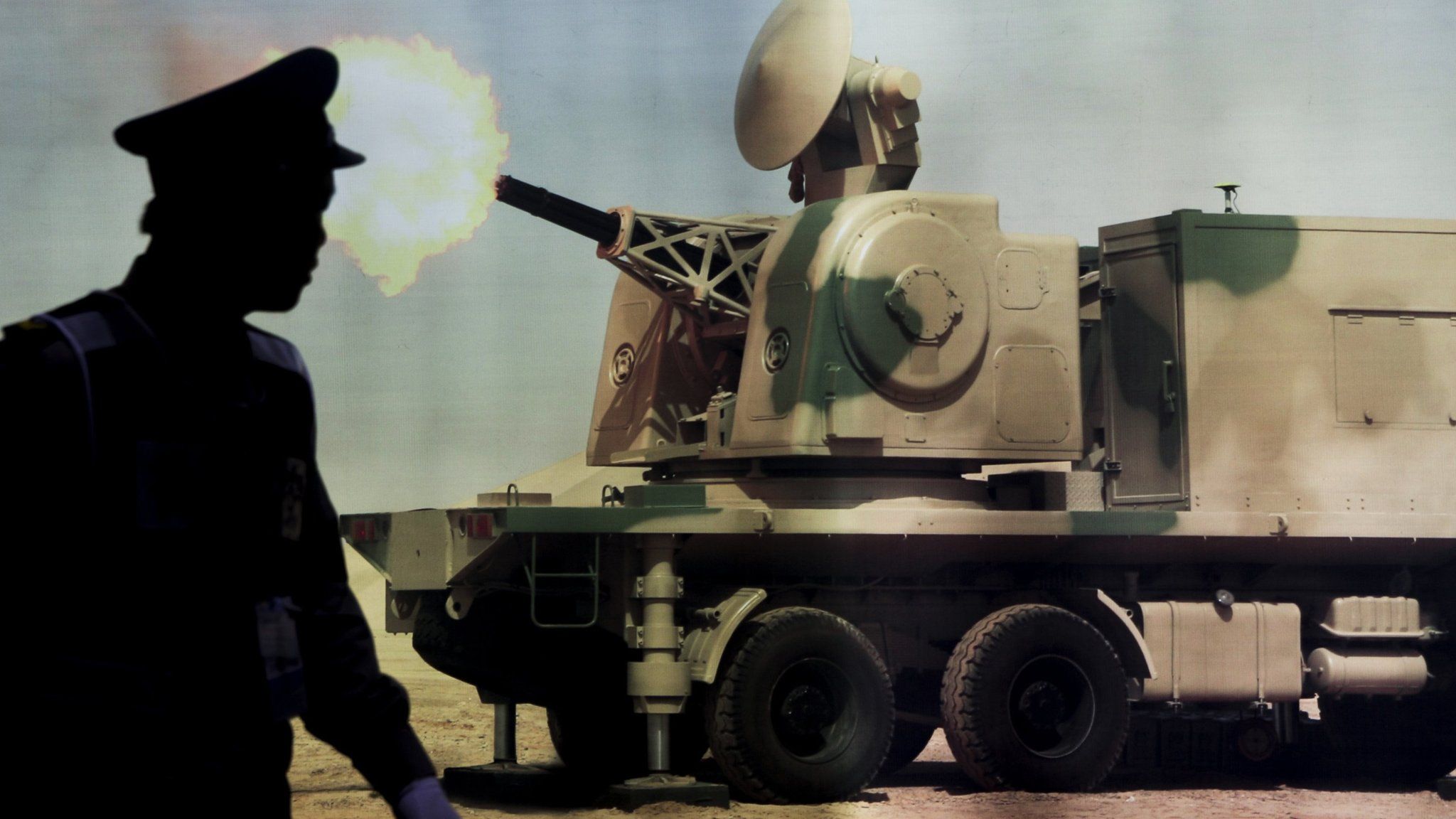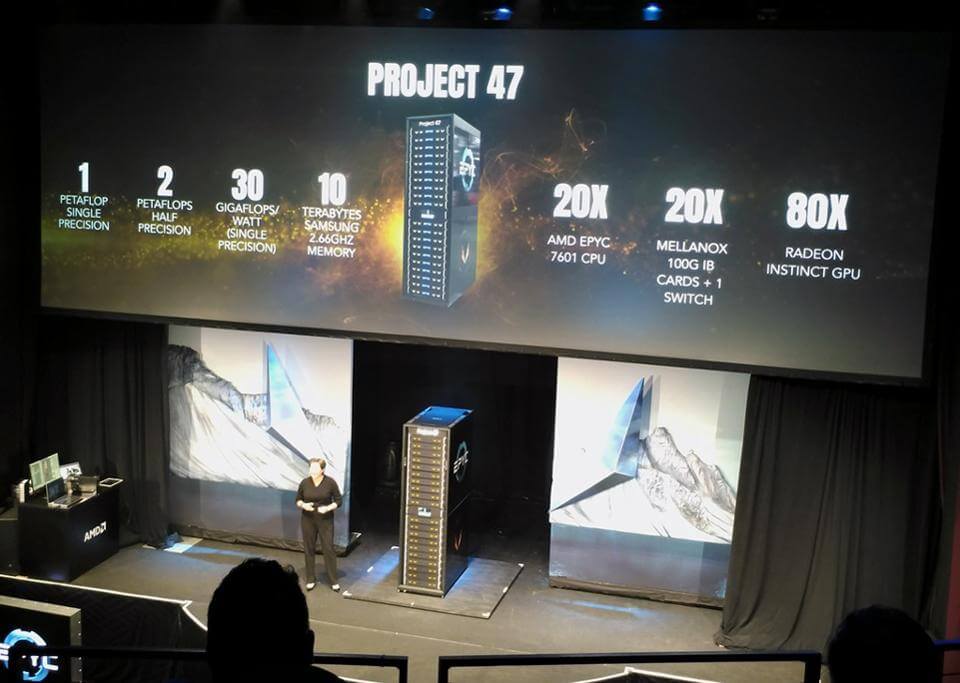Ready and waiting at an arms reach from the government, the Research and Development Corporation (RAND) has helped the U.S. think through some of the toughest scientific and regulatory challenges since the 1940s. This year, the think tank is opening its first office in the San Francisco Bay Area. Its positioning itself to weigh in on some of Silicon Valleys largest research projects, like autonomous vehicles, drones, AI, cybersecurity and telemedicine.
But unlike the RAND of the past, this new version embodies the scrappiness of startup culture. Formally based out of a WeWork space, office director Nidhi Kalra and the rest of her SF team largely work decentralized from homes and coffee shops around the Bay Area.
The team of a dozen researchers is here to study the development of new technologies and the way in which state and local authorities are working side-by-side with startups to keep everyone safe without sundering innovation.




